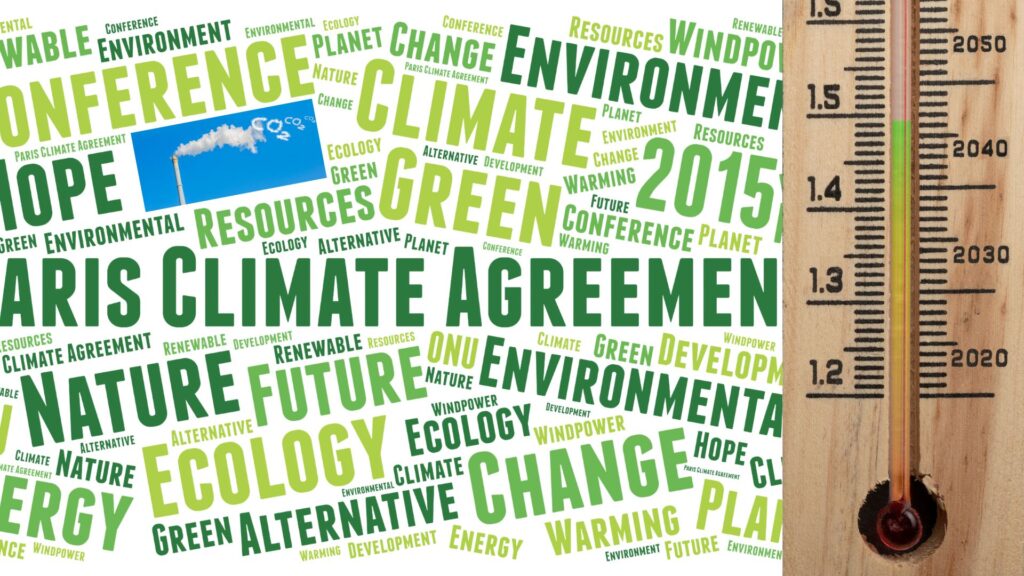Aligning Global Goals: The Crucial Role of Ecosystem Restoration
In environmental sustainability, ecosystem restoration is a powerful tool poised to address critical global challenges. Its significance extends far beyond the mere revival of landscapes; instead, it forms the foundational cornerstone for achieving the Sustainable Development Goals (SDGs), countering climate change, and preserving biodiversity. The essence of successful ecosystem restoration lies in its capacity to synchronize with these overarching global objectives, forging a cohesive strategy to counter the escalating threats to our planet. Ecosystem Health: A Pillar for Sustainable Development At the heart of the global push for sustainability lies the vitality of ecosystems. Ecosystems, ranging from forests and wetlands to oceans and grasslands, are integral components supporting life on Earth. They provide vital services such as clean air, water, food, and climate regulation. However, these ecosystems’ rapid degradation and fragmentation have raised concerns, posing a significant hurdle in achieving the SDGs. Ecosystem restoration encompasses a spectrum of activities aimed at reversing environmental degradation. This includes reforestation, wetland rehabilitation, conservation of coral reefs, and sustainable land management practices. By restoring ecosystems, we revive their natural functions and bolster resilience against climate change impacts, ensuring the continued provision of ecosystem services essential for human well-being. Convergence with Global Objectives The success of ecosystem restoration hinges upon its alignment with broader global goals. The Sustainable Development Goals (SDGs), a set of 17 interconnected objectives adopted by the United Nations, provide a comprehensive framework for sustainable development encompassing social, economic, and environmental dimensions. For instance, restoring degraded forests contributes to SDG 15 (Life on Land) by preserving terrestrial ecosystems but also aids in achieving SDG 1 (No Poverty) by providing livelihood opportunities through sustainable forest management. Similarly, rehabilitating wetlands can contribute to SDG 6 (Clean Water and Sanitation) by enhancing water quality and availability and supporting biodiversity conservation (SDG 14 – Life Below Water). Real-world Examples of Global Contribution through Ecosystem Restoration 1. The Great Green Wall Initiative: 2. Coral Reef Restoration Projects: 3. Ecosystem Restoration in Peninsula de Osa: Protecting Biodiversity One Tree at a Time The Way Forward: Collaborative Action for Global Impact The urgency of ecosystem restoration demands collaborative efforts across various sectors and stakeholders. Governments, non-governmental organizations, businesses, and local communities must join forces to prioritize and implement restoration initiatives that harmonize with the SDGs. Investments in research, technology, and policy frameworks that support ecosystem restoration are paramount. Furthermore, fostering public awareness and engaging communities in restoration activities can catalyze a groundswell of support for these endeavors. Conclusion Ecosystem restoration emerges as a linchpin in the quest for global sustainability. By aligning with the Sustainable Development Goals and addressing the interlinked challenges of climate change, biodiversity loss, and social development, it paves the way for a resilient and thriving future. Through concerted, strategic action and unwavering commitment, we can harness the transformative potential of ecosystem restoration to safeguard our planet for generations to come.
Aligning Global Goals: The Crucial Role of Ecosystem Restoration Read More »










